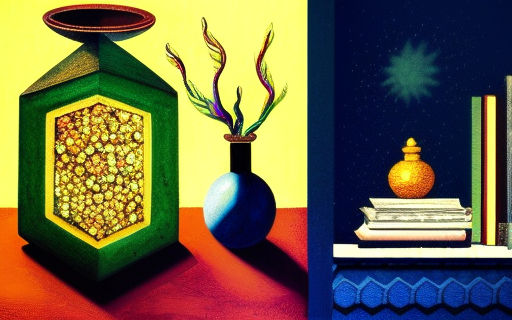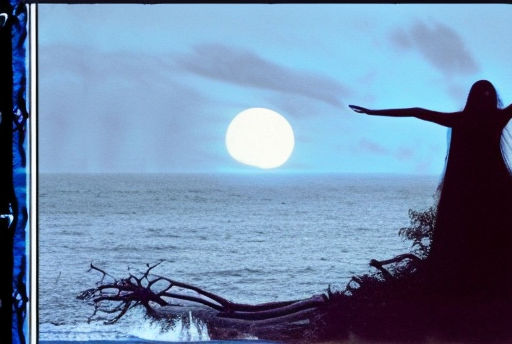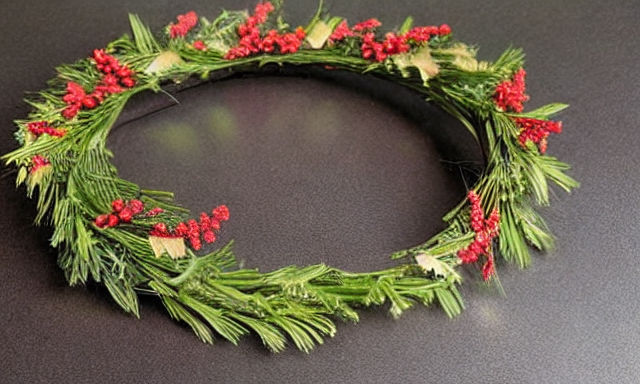What is Mabon?
Mabon is associated with the end of the Autumn harvest, and the Greek goddess Demeter is associated with it. In the myth, she turned the earth barren out of grief after the death of her daughter. She is also known as the Goddess of the Harvest. Mabon is an appropriate time to set intentions for reduction and decrease.
When you make a purchase through links on our site, we may earn an affiliate commission. As an Amazon Associate I earn from qualifying purchases..

Traditions
Many cultures have ancient traditions celebrating the harvest festival of Mabon. According to these traditions, Mabon is an ancient Welsh God who symbolizes the rebirth of light and the passing of the seasons. The festival is also an important symbol of balance, the equinox of autumn, and preparation for winter. It is also the time when people prepare for death and rebirth.
The Autumnal Equinox falls on September 21, the second day of autumn. It is also referred to as “Alban Elved” or “the light of the waters.” The name Mabon is derived from the Welsh god Mabor, the son of the Earth Mother Goddess. During this time of equality, day and night are in perfect balance.
This celebration is marked with special rituals and food. Some traditions involve making wine, tasting herbs, or setting bonfires. Cornbread is a traditional part of Mabon fare. Other foods common at Mabon include apples and root vegetables. Many hunters also prepare wild game for the feast. During this time, people may also reflect on the balance between the world’s energies and their own.
In Japan, the equinox religious ceremony has roots dating back to Prince Shotoku’s time. Family cemeteries and temples were visited by all families. The deceased were honored by bringing special foods. Families also held prayer services and lit incense. In addition, they usually had a picnic in the cemetery to celebrate the equinox.
In many parts of the world, people still celebrate the autumnal equinox. In Slavic culture, the Slavs celebrate the Great Holiday called Tausen. This day is also a time to honor the sun. In addition, the Slavs honor the earth by laying rowan brushes over windows.
Symbols
During the Autumn season, the symbols of Mabon celebrate life, harvest, and balance. Apples are associated with this festival, and they are often used in decorations and dishes during the celebration. These fruits are also sacred and have spiritual significance. In addition to apples, many other fruits and vegetables are associated with this holiday.
The cornucopia, also known as the Horn of Plenty, is an important symbol of Mabon. This symbol represents abundance and a balance between the feminine and masculine. In addition, it is an equinox symbol. The phallic shape of a cornucopia symbolizes masculine power and the hollow part represents feminine energy. In addition, the cornucopia can also be symbolic of autumn, which means harvest.
In addition to the horn of plenty, there are also many other symbols associated with Mabon. Many neo-pagans make an altar on Mabon day. This altar usually includes symbols representing harvest, such as various farming implements and an orange or yellow candle. Additionally, many people will offer prayers to the Goddess Mother and Green Man.
The symbols of Mabon include red poppies, Indian corn, and red fruits and vegetables. These foods are all associated with the autumn harvest, and they may be used in recipes to honor the holiday. It is also a traditional time for farmers to bring in crops from their fields in preparation for the winter.
Mabon is celebrated on the autumn equinox, which marks the beginning of the harvest season and the approaching winter. As such, this festival is often celebrated with food and harvest rituals. Apples are a common symbol of Mabon, and they can be used in many different ways. The traditional feast of Mabon is a feast for friends and family.
Modern witches also celebrate Mabon as a time to thank the sun and prepare for the winter’s darkness. During this time, you can also conduct divination using a crystal ball, black mirror, or tarot deck. As you do so, you can reflect on the year’s lessons, fears, and blessings. You can also write down any things you need to get rid of. If you’d like, you can even burn old ties in a Mabon candle.
Days of celebration
Days of celebration during Mabon are a great time to give thanks for the good things you have in your life and reflect on how you can improve your balance. You can also invite friends and family over to share in the celebrations. As the harvest moon begins to rise, gather in your garden to share food and make a feast for the community.
Mabon is celebrated in many cultures with a harvest feast. The feast is traditionally centered around apples, pomegranates, potatoes, onions, carrots, and acorns. Throughout the celebration, people may also add herbs related to the season, such as ferns, rose, and thistle.
The Greek goddess Demeter is associated with autumn and the harvest. She once turned the earth barren due to her grief for her daughter. The autumn equinox is also associated with reduction, and as the year’s wheel ends, it is a good time to set intentions for reducing your expenditures and focusing on family and home.
The festival is one of four harvest festivals in the Celtic tradition. The others are the Summer Solstice and the Winter Solstice. Wiccans also celebrate this festival. The four other pagan quarter days are called Lammas, Imbolc, Beltain, and Samhain.
In the ancient world, Mabon was a time of harvest for farmers. This was a time of rest and reflection after harvesting crops, and some pagans celebrate this transitional time with rich feasts of seasonal foods. This festival also celebrates the return of the Old Sun God, Mabon, to the Earth Mother goddess, Modron.
Origins
Mabon is a pagan holiday celebrated on the autumn equinox. Its origins date back to the ancient Celts, who lived in Northwest Europe and Britain before the Romans came to power. They celebrated the Earth’s cycles by dividing the year into eight parts. Each segment of the year had its own festivals, including Mabon.
While modern Pagans have been celebrating this holiday since the 1970s, its roots go back to Celtic and Welsh culture. It is the second of the three harvest festivals, after Lughnasadh and Samhain. Mabon was often depicted as a young, handsome man with a lyre. As a child, he was held hostage by the underworld. In many ways, this mythology mirrors the story of the goddesses Persephone and Demeter.
The mid-autumn season is also an important time to celebrate balance, grace, and introspection. Many ancient cultures celebrated this holiday by preparing special feasts and giving thanks to the harvest gods. Today, many Druids and Pagans celebrate this holiday with seasonal decorations and bonfires. In addition to eating special food on this holiday, many people also make rice cakes to honor the moon.
Mabon is traditionally celebrated on the same day as the fall equinox, a day when day and night have equal length. In addition, it marks the first day of the Libra season and the start of autumn. The date can vary from year to year, but in 2022, the fall equinox falls on September 22.
In ancient Paganism, Mabon was celebrated on the autumnal equinox, the second harvest day. It marks the midway point of the harvest cycle. The Autumn Equinox has many roots in the Celtic tradition and is often associated with the Great Wheel of the Year. It is also an important time to give thanks for the fruits of the earth and its abundance.
Mabon is a pagan holiday that celebrates harvest, balance, and harmony. The ritual of the festival involves offering a sacrifice to the goddess Mabon. In this film, four women are purified of their fears in order to fulfill the ritual. If the women cannot face their fears, their demons will claim them as sacrifices. However, despite its uplifting message, the film does a poor job of presenting fear. Kayla is afraid of her abusive ex, Tyler.

















